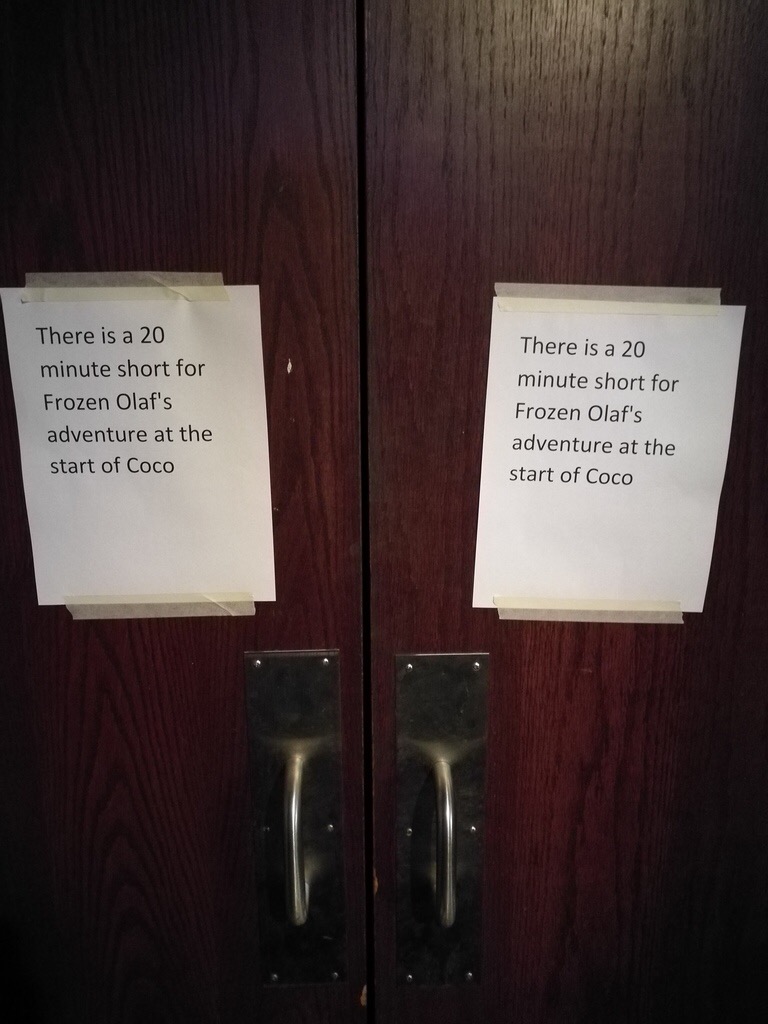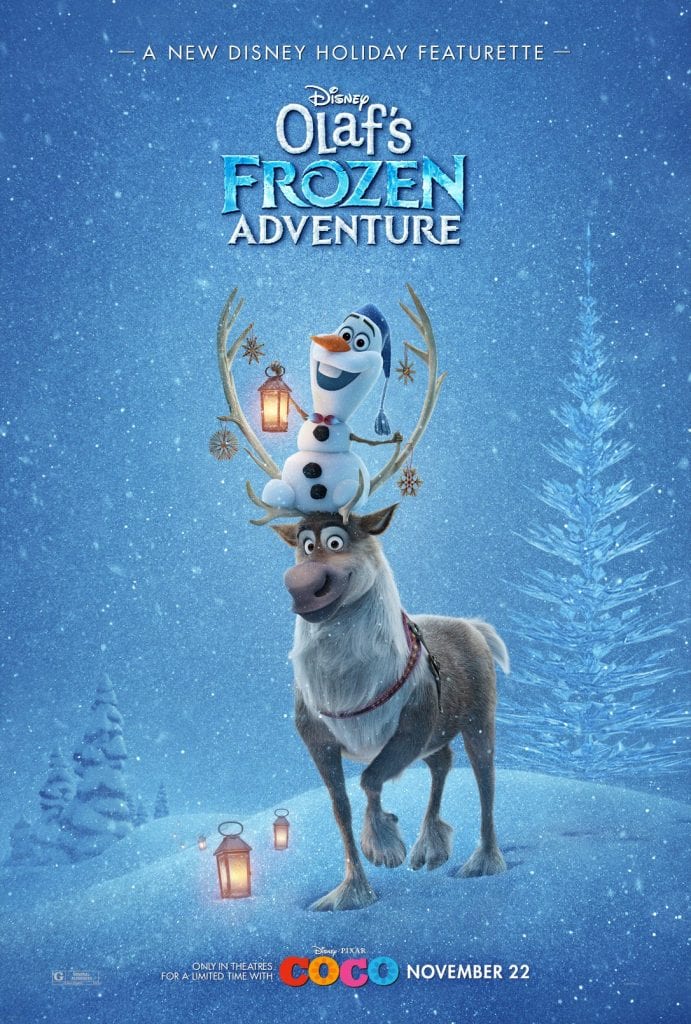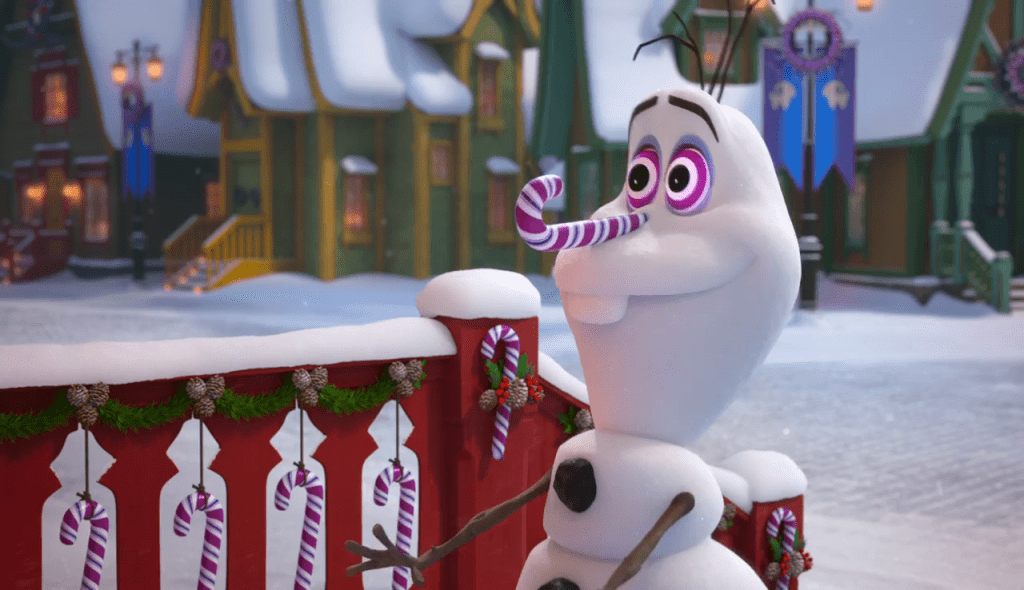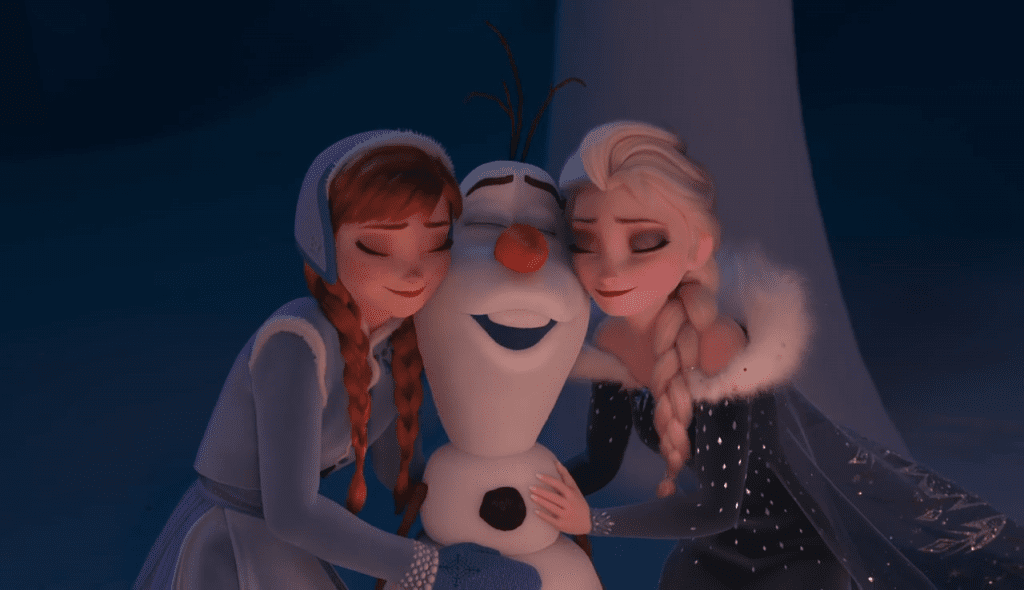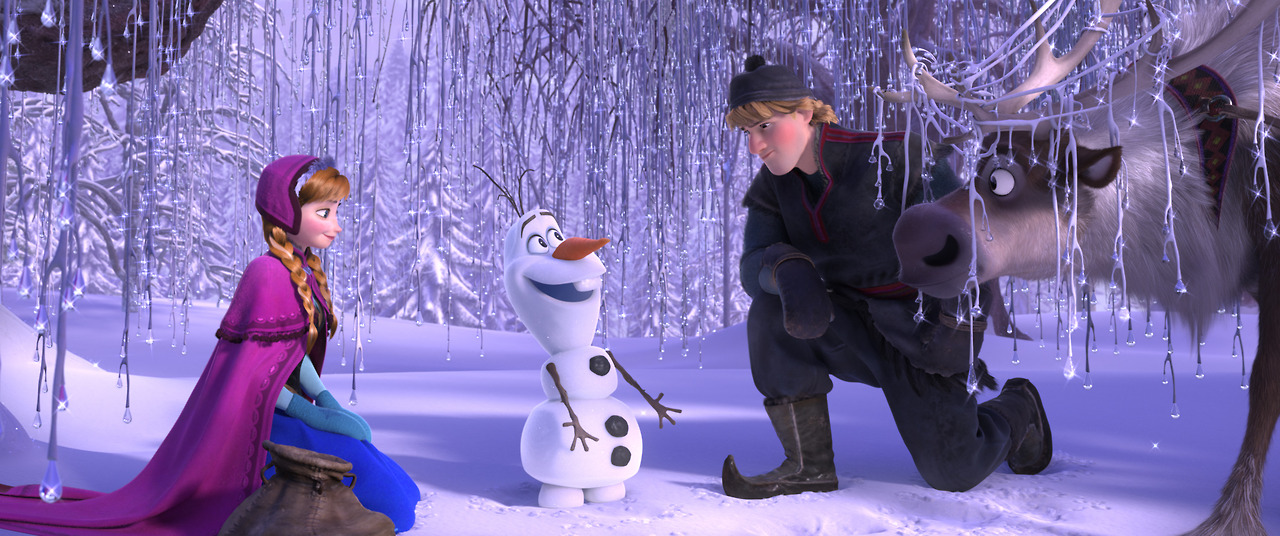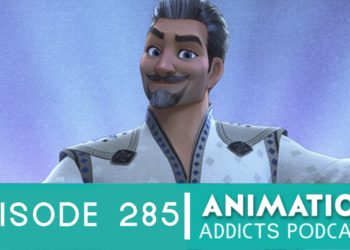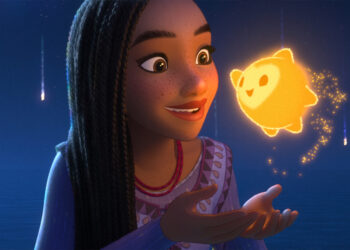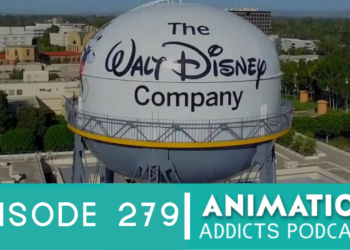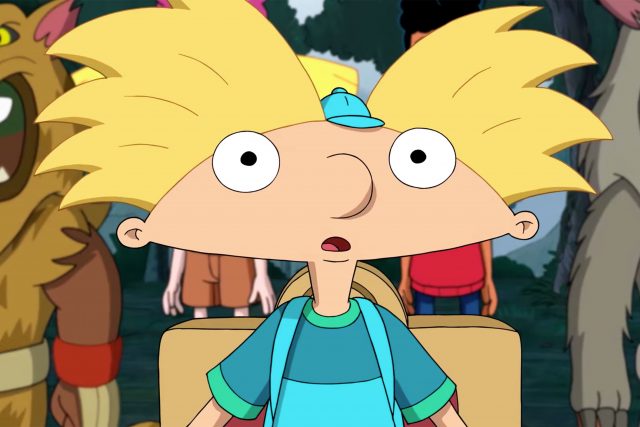This Thanksgiving, Pixar’s Coco opened to near-unanimous praise and a hefty domestic box-office sum of $71 million. Viewers and critics agree that director Lee Unkrich (Toy Story 3) and his team have created a beautiful, refreshing film.
The same cannot be said for a certain talking snowman who hails from the land of Arendelle.
Preceding all United States screenings of Coco is Olaf’s Frozen Adventure, a 21-minute holiday featurette that was originally developed as a television special. While the project has been heavily advertised toward its target demographic, those outside that realm weren’t as in-the-know, and were understandably thrown off-guard. Huh? Frozen? Well, okay, I mean, it’s just a short, right? Wait… a short would’ve been over by now. Am I in the wrong theater? What? I’m not? This is supposed to happen? Whose idea was this? How much longer is left? When will this madness end??
Those aware of the featurette’s inclusion didn’t seem to mind it as much. Families with young children are chomping up the new merchandise (as was probably the point). A handful of millennial Disney fans are in love with it. From my vantage point, as a stand-alone project, Olaf’s Frozen Adventure succeeds as a cute holiday story and a welcome addendum to the Frozen saga, even if it isn’t overly ambitious. It explores the characters a little more by playing with their mythology, its songs (while not written by the original film’s music team) are nice, and it definitely embodies the sense of cheer found in most successful holiday efforts.
But it’s a valid point that, even if it’s a perfectly fine Christmas special, the theatrical release of a Frozen mini-sequel alongside a full-length feature from a separate animation studio about the Day of the Dead is an awkward presentation… and a precarious one to prepare people for. I didn’t tell my best friend about Olaf until after he bought his movie ticket for fear he might not go if he knew about it. One family I know planned to see Coco on Thanksgiving, then decided not to go to the movies altogether when they found out they’d have to sit through 20 minutes of Olaf.
And if you didn’t see it coming? Well… some people got upset. Mexico flat-out stopped showing Olaf’s Frozen Adventure with Coco because audiences were so annoyed by it.
Because many moviegoers are becoming confused once the featurette begins, some theaters are now placing signs on box-office windows and cinema doors just so customers are fully aware of what they’re about to experience.
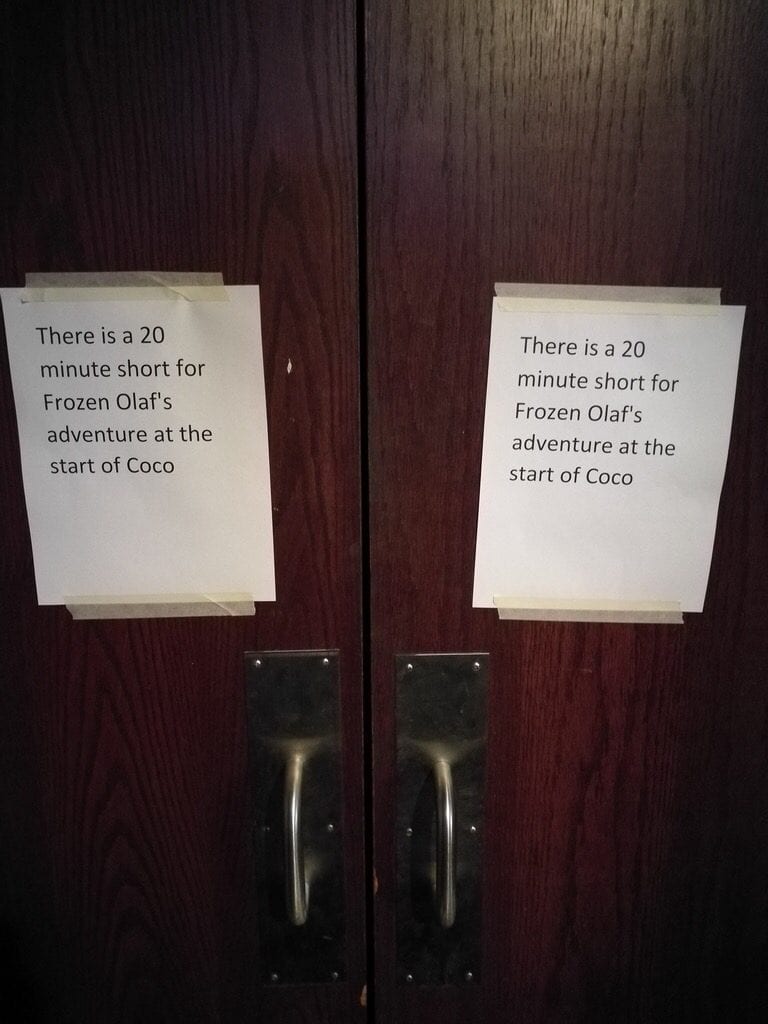
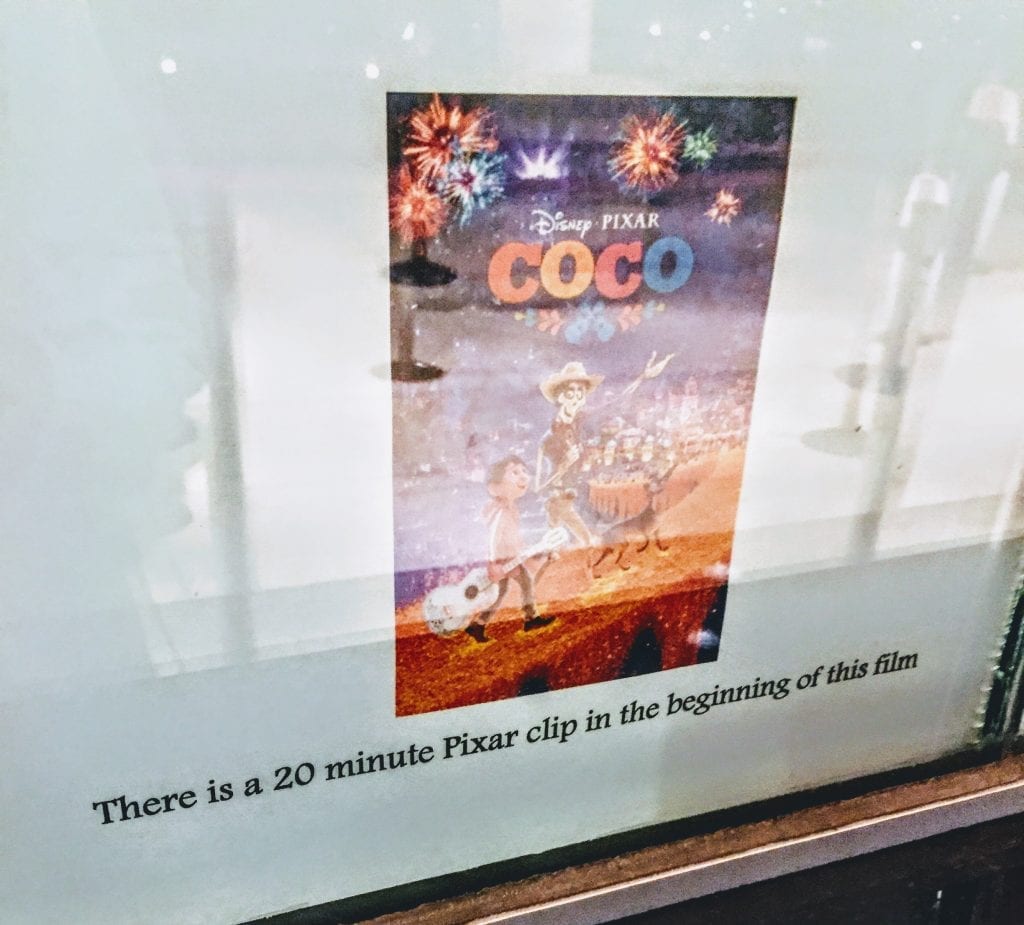
Yeah, yeah, I know. Olaf’s Frozen Adventure is not made by Pixar, and it certainly isn’t a “clip,” and this now brings up an entirely different discussion about if Disney and Pixar still each have a separate identity in the public’s eye, and… anyway. Reactions to Olaf’s Frozen Adventure are amplified and irate, or at least seem so, possibly because the majority of the viewers who actually loved it aren’t old enough to be on social media. Therefore, it’s left to be labeled perhaps unfairly by a tirade of tweets. There’s some truth in the chaos somewhere, though, and there’s definitely no ignoring the 27% audience approval rating on Rotten Tomatoes. It’s safe to say that Disney won’t be pairing any 21-minute featurettes with full-length films again anytime soon. Against anything Disney was expecting, Olaf’s Frozen Adventure might be remembered not as a holiday classic, but as a meme. Here are a few ways to answer the question that we all must now ask ourselves: How did this happen?
Frozen Overload
Let’s be honest: It’s cool to hate Frozen. Over the years, I haven’t shied away from writing about this claim, which has inevitably led to some readers calling me names with a vocabulary so foul it would make Prince Hans look like a savior by comparison. And that, in a microcosm, is the strange effect the Frozen franchise has on pop culture. It is either obsessed over or immensely disdained. I understand being sick of a franchise, but I can’t quite comprehend having such an extreme hate for an entertainment property like many adults seem to have toward Anna and Elsa. If you don’t like it, then don’t watch it… But now, that argument is placed on its head as everyone is forced to do otherwise if they want to see Coco. With any other franchise, that might’ve been okay, but everyone has a stance when it comes to Frozen, so the outcome is divided to say the least.
To many, Frozen is the youngest child that took away the attention from virtually everyone else. And, well, Disney hasn’t exactly been quiet about milking the cow for all it’s worth. That much is valid, and if you’ve had enough, you’ve had enough. If you’ve reached your Frozen saturation point, the last thing you want is more of it, and Olaf’s Frozen Adventure throws it at you whether you want it or not.
(I mean, come on, though. You know we’re fans, right? Frozember, remember?)
Surprise!
While marketed heavily on Disney Channel and through other various family outlets, many audience members were still unaware of the project’s existence until it started playing in the theater. Audiences have come to expect a short before Pixar films, but it’s almost always an original Pixar composition, not a franchise-based outing from Disney. Compounded with Frozen overload, not knowing beforehand that Olaf’s Frozen Adventure is included in Coco‘s presentation immediately, understandably bodes a sour opinion for those who are over it before it’s even begun.
Length
This was supposed to be a television special, and its length wasn’t changed after it was decided to release in theaters instead. That’s a lot to ask an audience to sit through. Having a featurette of this length isn’t completely foreign to Disney, but it hasn’t released one like this in nearly three decades. Mickey’s Christmas Carol debuted theatrically in 1983 alongside a reissue of The Rescuers. It was followed in 1990 by The Prince and the Pauper (another Mickey featurette) accompanying, coincidentally, The Rescuers Down Under. Who knows if the response back then was as hostile as the feedback toward poor Olaf. Mickey’s Christmas Carol has held up as a holiday standard, and within the animation community is considered a classic. The Prince and the Pauper, while enjoyable, is not well known today. This leaves a rather unpredictable precedence for what could happen long-term for Olaf’s Frozen Adventure.
It’s worth noting, though, that despite not having released a featurette theatrically since 1990, Disney and Pixar have both still done so on television. Walt Disney Animation Studios created an original story about Santa’s elves being spies in Prep & Landing (2009) and its follow-up, Naughty vs. Nice (2011), both of which aired on ABC. While not explosive culturally, the specials received generally positive response. The directorial duo who helmed those specials also directed Olaf’s Frozen Adventure. Additionally, Pixar developed two Toy Story specials for ABC: Toy Story of TERROR! (2013) for Halloween and Toy Story That Time Forgot (2014) for Christmas. The former is stronger and better established from a mainstream perspective, though both are enjoyable. Perhaps it was the fear that Olaf’s Frozen Adventure would receive a similar mediocre success if assigned to airwaves rather than cinema screens. Perhaps Disney wasn’t confident enough in Coco to stand on its own. Perhaps it was a mixture of both.
Different Demographic Than Coco
Here’s where we get a little deeper into the conversation. Most of the uproar against Olaf’s Frozen Adventure comes from viewers who probably wouldn’t have voluntarily seen the featurette by itself. Yet, they still voluntarily went to see Coco. This means that we cannot, as Disney maybe wants to try to do, lump all Disney and Disney/Pixar features into the same demographic. Being from the same parent company doesn’t mean two projects will attract the same audience. This becomes a double-edged sword as Disney reaches diverse groups in developing different kinds of films, but assumes its own defeat in developing a property than everyone can enjoy. You can’t use the logic that says “We need to attract the Frozen crowd to Coco or else they won’t see the film” to also say “The Coco crowd should automatically like what the Frozen crowd likes.” It’s possible to go both ways, but that’s not always the case. While Coco is certainly a film the entire family can love, when getting into detail it probably has a little more mature demographic than Frozen‘s audience, and this idea to eliminate the margin seemed to implode upon itself.
What’s more, Disney probably expected a shoe-in approval for Olaf’s Frozen Adventure because it’s done the same experiment before, almost verbatim. The eight-minute short Frozen Fever preceded the live-action Cinderella in theaters in 2015, and while not everyone was over the moon about it, it certainly didn’t cause such a ruckus as this. The difference, then (aside from the longer running time this go-round), is that the audiences for Frozen and Cinderella were relatively similar. They are not as different as those between Frozen and Coco. Rather than have two different demographics in the room as is the case with Coco, with Cinderella the audience was more or less the same, just larger, because of the inclusion of the short. This allowed Frozen Fever to be a resounding commercial success (especially as a short film), but remain under the radar to the audience who is now up in arms over having to sit through Olaf’s Frozen Adventure. They didn’t have to see Frozen Fever because many of them probably weren’t attracted to Cinderella.
The Frozenorian Theorem
We’re far from finished from the Frozen storm. Frozen 2 arrives in theaters November 27, 2019, exactly six years to the date after the original film started everything.
The ebb and flow of the public’s relationship with Frozen is unique from anything else in Hollywood. The Communications graduate in me is honestly most fascinated by the real responses people have toward the franchise. I don’t think any child who has a near out-of-body experience when Olaf appears onstage at a Disney theme park is faking their response. They’re genuinely that excited. In contrast, I don’t think most people who are vocally adamant about their disapproval of the franchise speak such an opinion as a means for attention. They’re genuinely upset. (Contrast this with the comments section of this post from the week Frozen released in 2013, unanimously excited, with one reader dubbing it “peak of the Disney Revival era.”) And that is what is so, so interesting about all of this. It could easily be a thorough study in human behavior. In whatever shape, in however the form, Frozen elicits a strong response, and it will be eye-opening to see where that response continues to take us in the years to come.
Did Olaf’s Frozen Adventure make you leap for joy or spit fire?
Edited by: Hannah Wilkes


